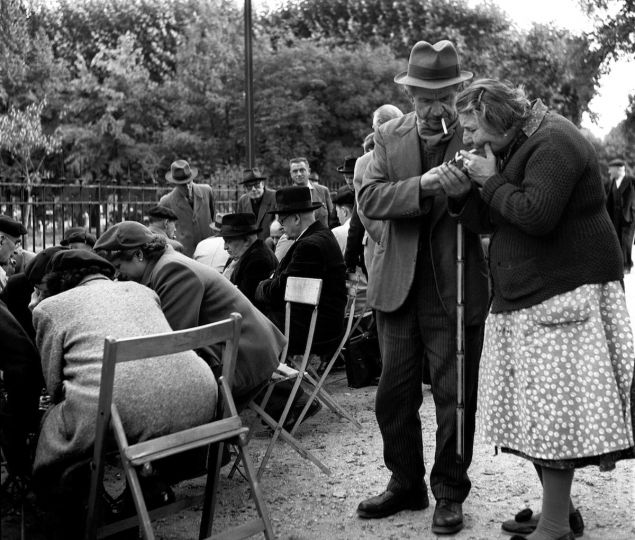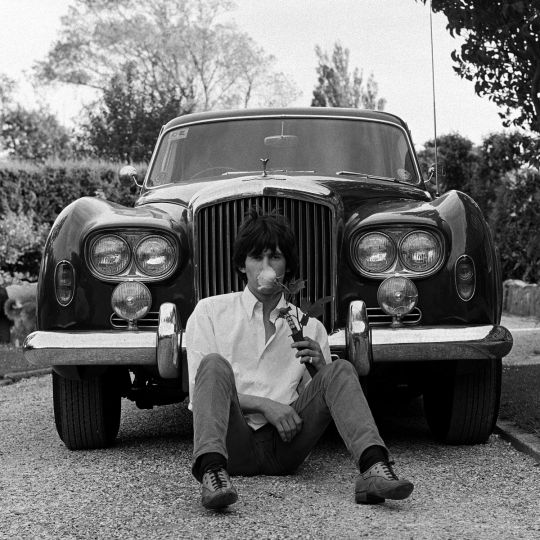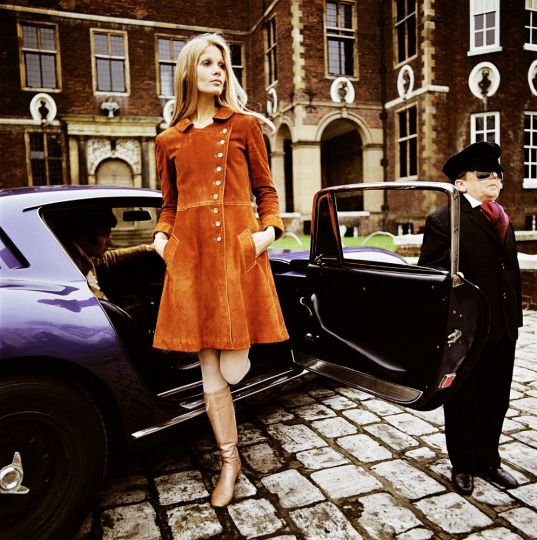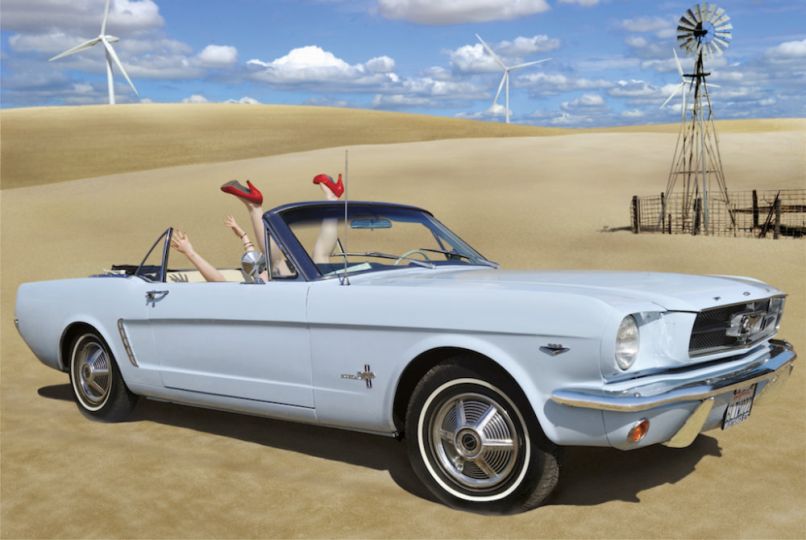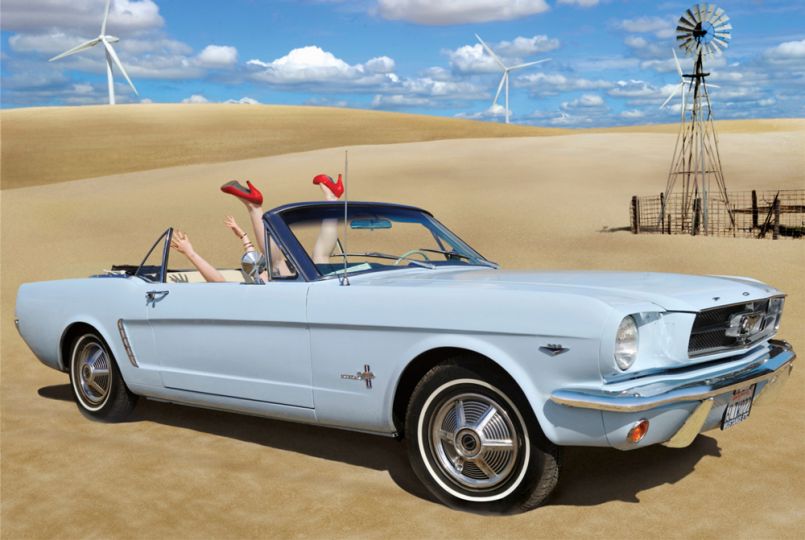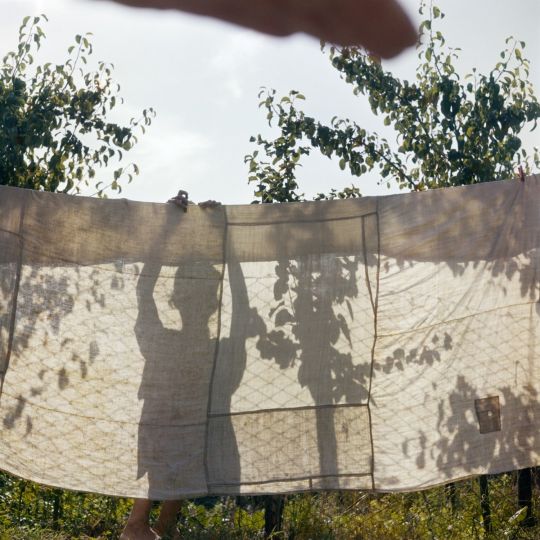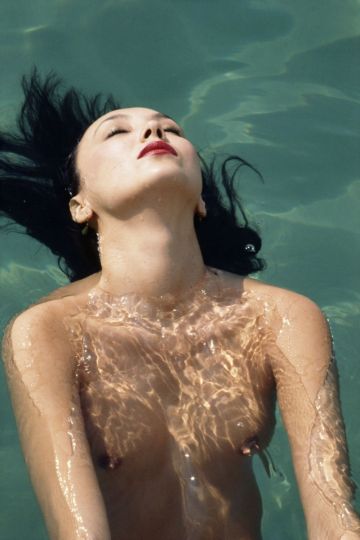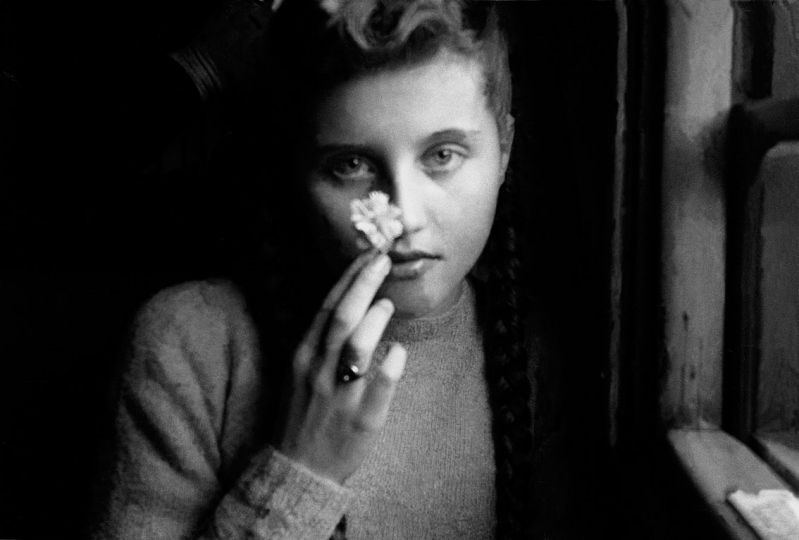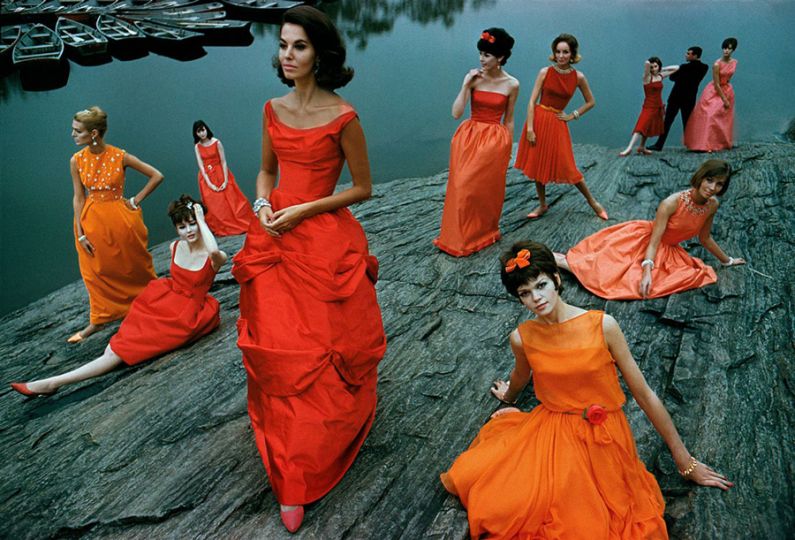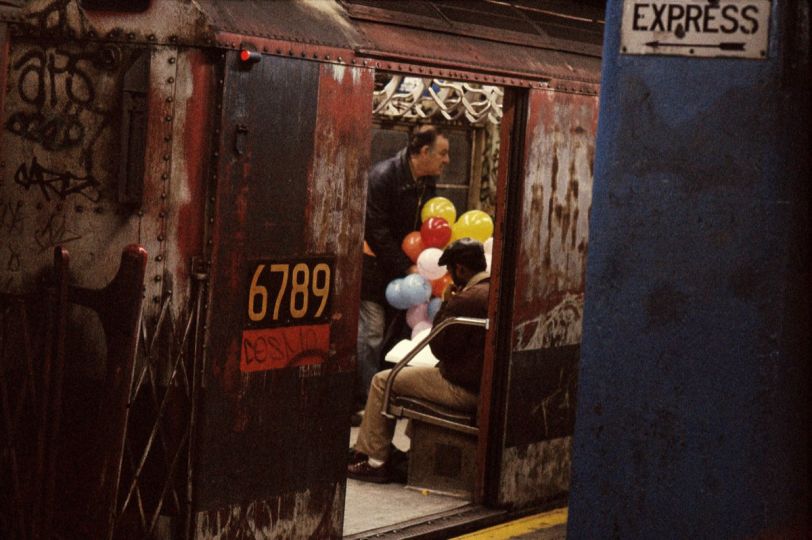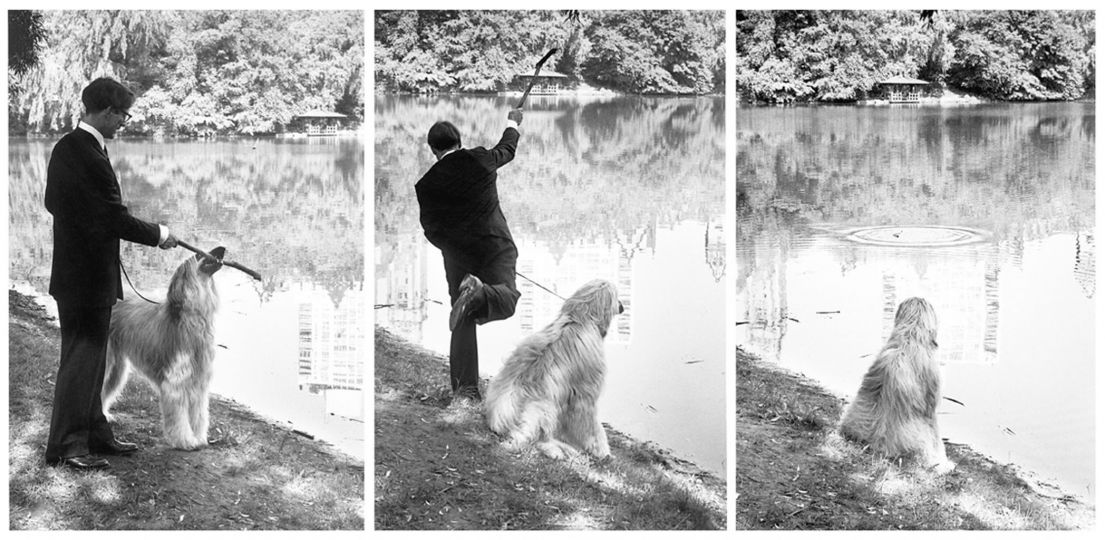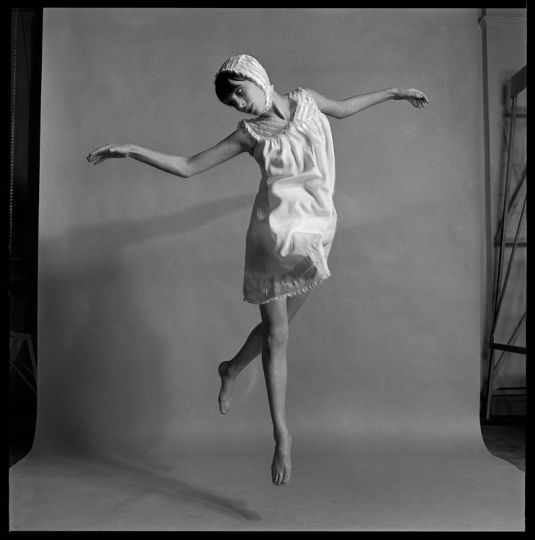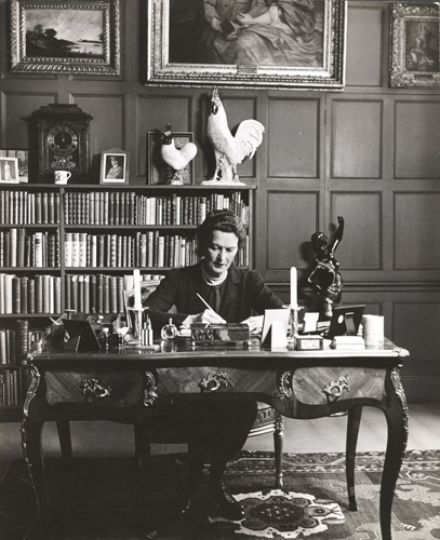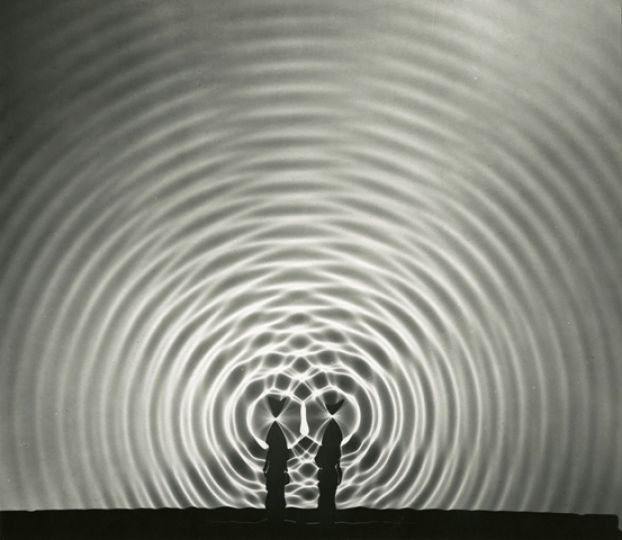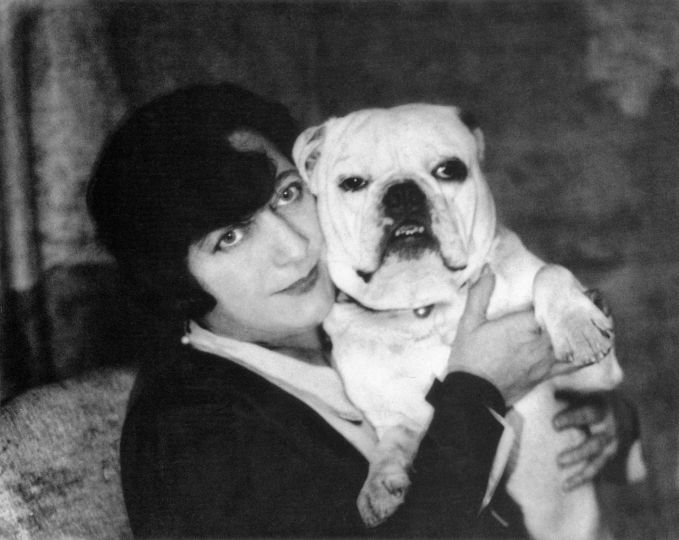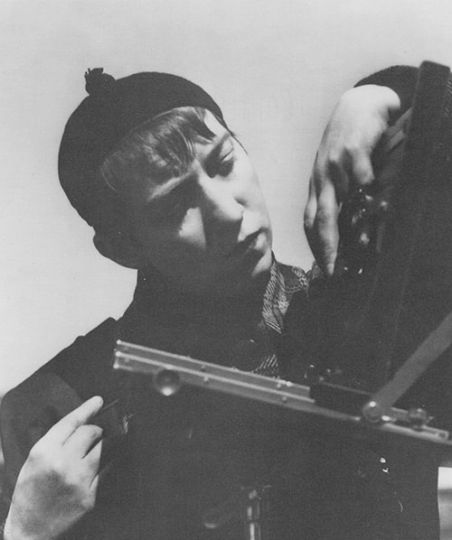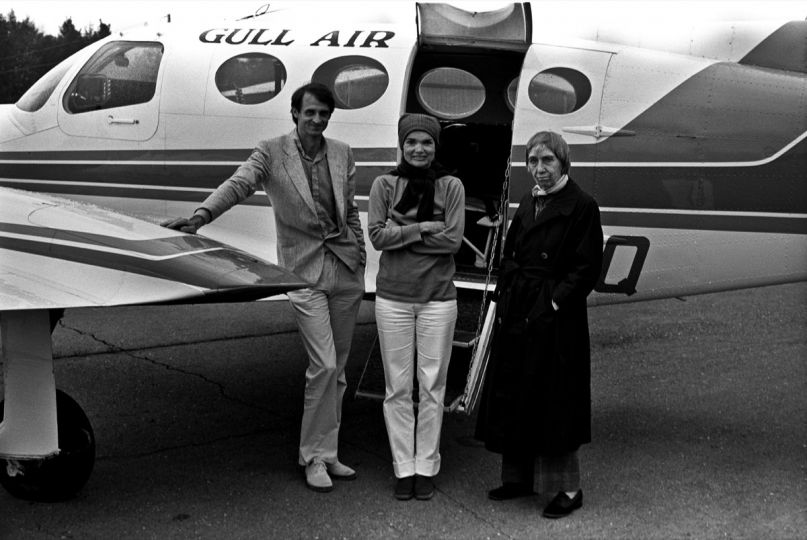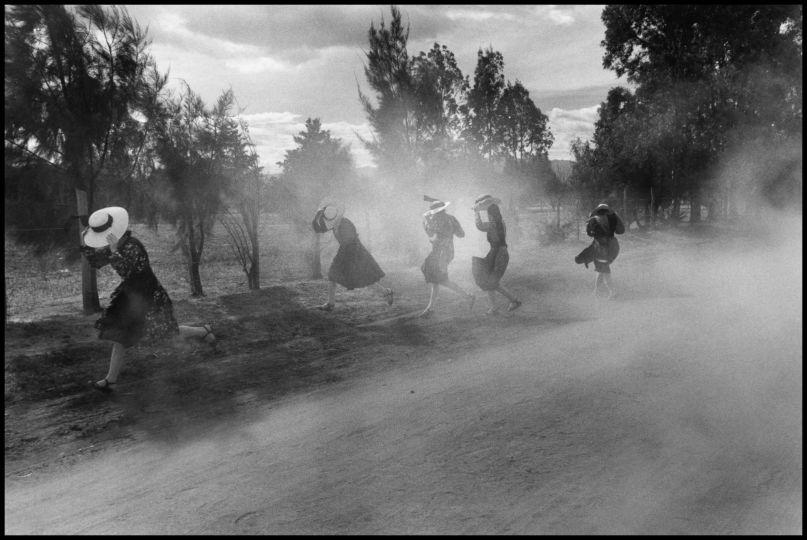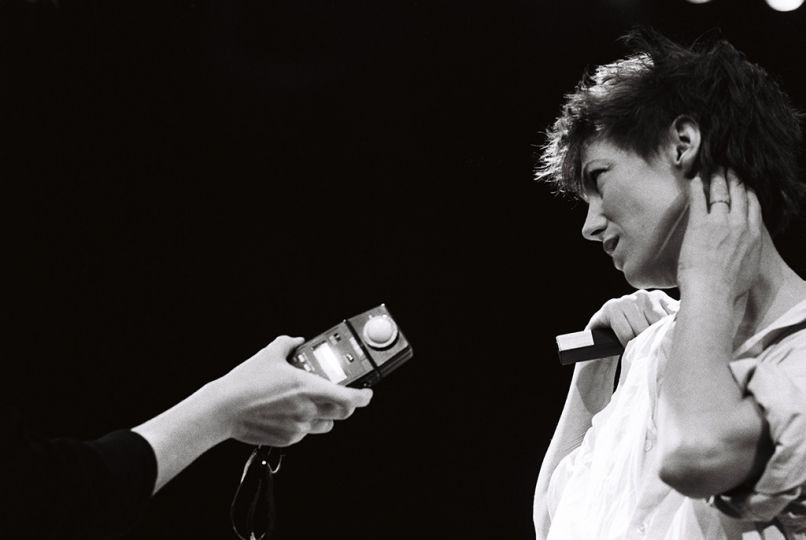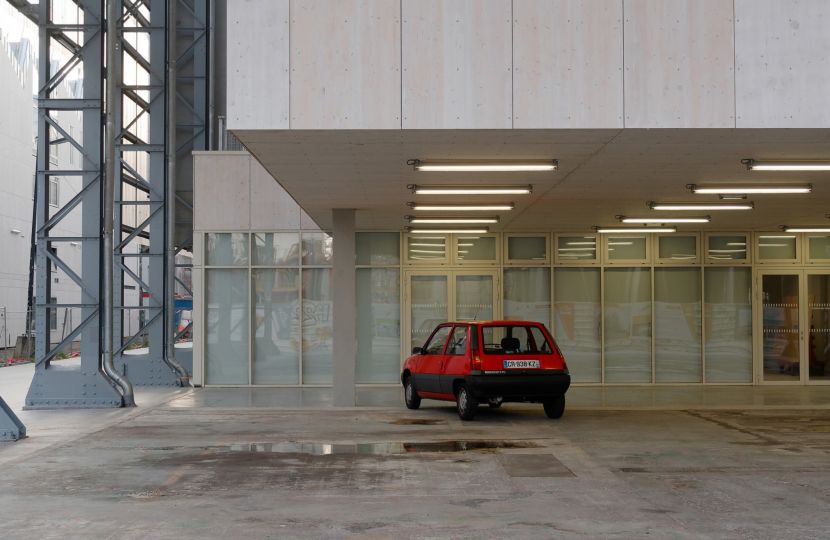Holden Luntz Gallery, Palm Beach is pleased to present Travels: Planes, Trains, and Automobiles, a group show with the works by Berenice Abbott, Bill Brandt, Brian Duffy, Elliott Erwitt, Ormond Gigli, Frank Horvat, Jacques Henri Lartigue, Jim Lee, Gered Mankowitz, Sabine Weiss, Bill Witt, and many others. The exhibition focuses on photography that documents and chronicles our desire for travel. Planes, trains, and automobiles are the vehicles that facilitate travel; Our modes of transportation contextualize our experiences, complement our characters, and archive the epochs in which we live.
Travel-based photography provided the curious public with a visual approximation of the range of human diversity manifest throughout the four corners of the world. Since photography’s inception, viewers have been intrigued by its innate ability to broaden our range of the “knowable”. The growth of the upper middle class economically, allowed for leisure time – which encouraged traveling. Simultaneously, technological leaps improved modes of transportation. Meanwhile, the growth in the public’s interest in photography was kindled by the popularization of point and shoot cameras, mainly Brownie and Kodak, by advertising “you push the button, we do the rest”. People could see and sense from photographs, places they had never been to before. Photography created its own “quasireality”, expanding our experiences, taking us to places outside of our normal domestic situations and extending and encouraging our imaginations.
Photographers recorded the physical world they traveled to and returned with memories. Photography allowed people to share their experiences, recording what they thought was important and what they wanted to remember. Travel photographs, which share a broad range of imagery, were able to incorporate a sense of movement in static images, they often had a dynamic quality to them. Jacques Henri Lartigue’s bobsled race evoked the sound of tires ripping against the dirt track, Elliott Erwitt’s – Wyoming, 1954, induced the smell of smog and the deafening sound of a train approaching. In a subtler way, Sabine Weiss’s Gare at St. Lazare, Paris, presented a Parisian station in a cold night, steam traveling up the sides of a train while a porter moves quietly about. Travel photographs offered an option of vicarious participation to the viewer. There was a fantasy and the possibility of escape from daily life. Frank Horvat’s Gare Saint Lazare, Paris shows the energy, romance, and motion associated with travel, while Brett Weston’s Untitled (Train Overpass, New York), although shot in 1943, still speaks today to the ever-emblematic New York City corner.
Photography allowed the viewer to see images from literally anywhere in the world and allowed them to identify with anyone they wanted to. A photograph can be a snapshot, and in the act of taking a photograph, the staging of subjects can become an integral component in the finished image. Gered Mankowitz’s Mick and Aston, London, accentuate the nonchalant Mick Jagger sitting at eye level with the viewer, sharing the trappings of wealth, youth, fame, and success. In an aesthetic also nuanced for fashion and its dramatic qualities, Brian Duffy’s Girl over Car Boot, Town Magazine, place us in the immediacy of a picturesque scene; a runaway driver and a model, fleeing a scene and involving the viewer in a picture of the open road. Jim Lee’s Ossie Clark/Plane Crash furthered the use of spectacle, creating a pastoral scene that focuses on the model first and on the chaos behind her after, capturing at once our disbelief and holding our imagination incredulous.
Read more at http://www.holdenluntz.com/
Information
Holden Luntz Gallery
332 Worth Avenue Palm Beach, Florida 33480 USA
May 05, 2018 to June 09, 2018



